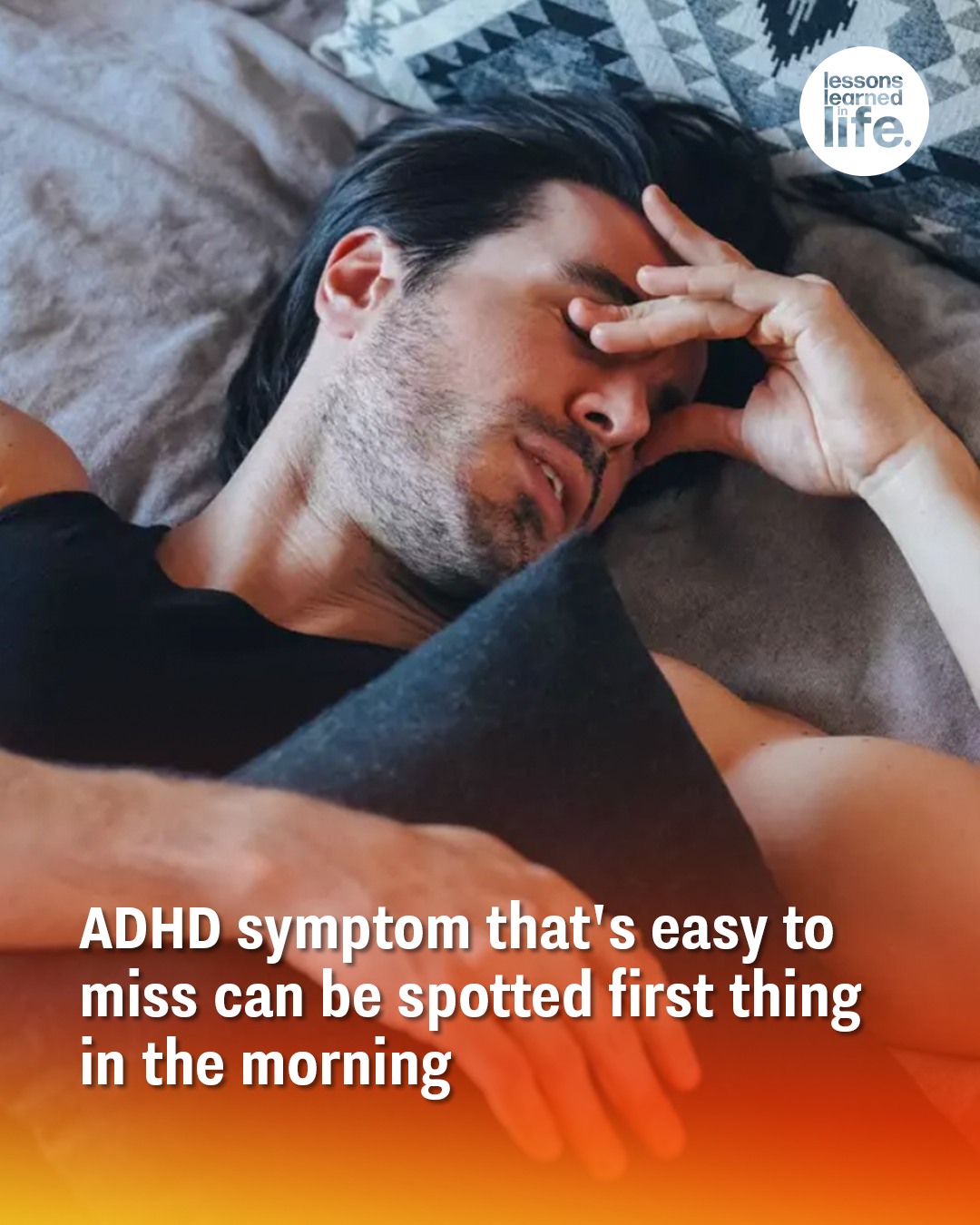
There is a common symptom which many people who have Attention Deficit Hyperactivity Disorder (ADHD) experience – but you might not recognise it for what it is.
There’s always going to be an element of unreliability when it comes to a person with no medical knowledge attempting to identify the signs of something.
If you’re concerned that you have something like ADHD then the NHS says you ought to speak to your GP.
They can’t formally diagnose it but they can talk you through your concerns and potentially refer you to an ADHD specialist who can carry out an assessment.
Expect to be asked all sorts of questions as part of the process, and be aware that it’s stated as being harder to diagnose adults with ADHD than it is children.
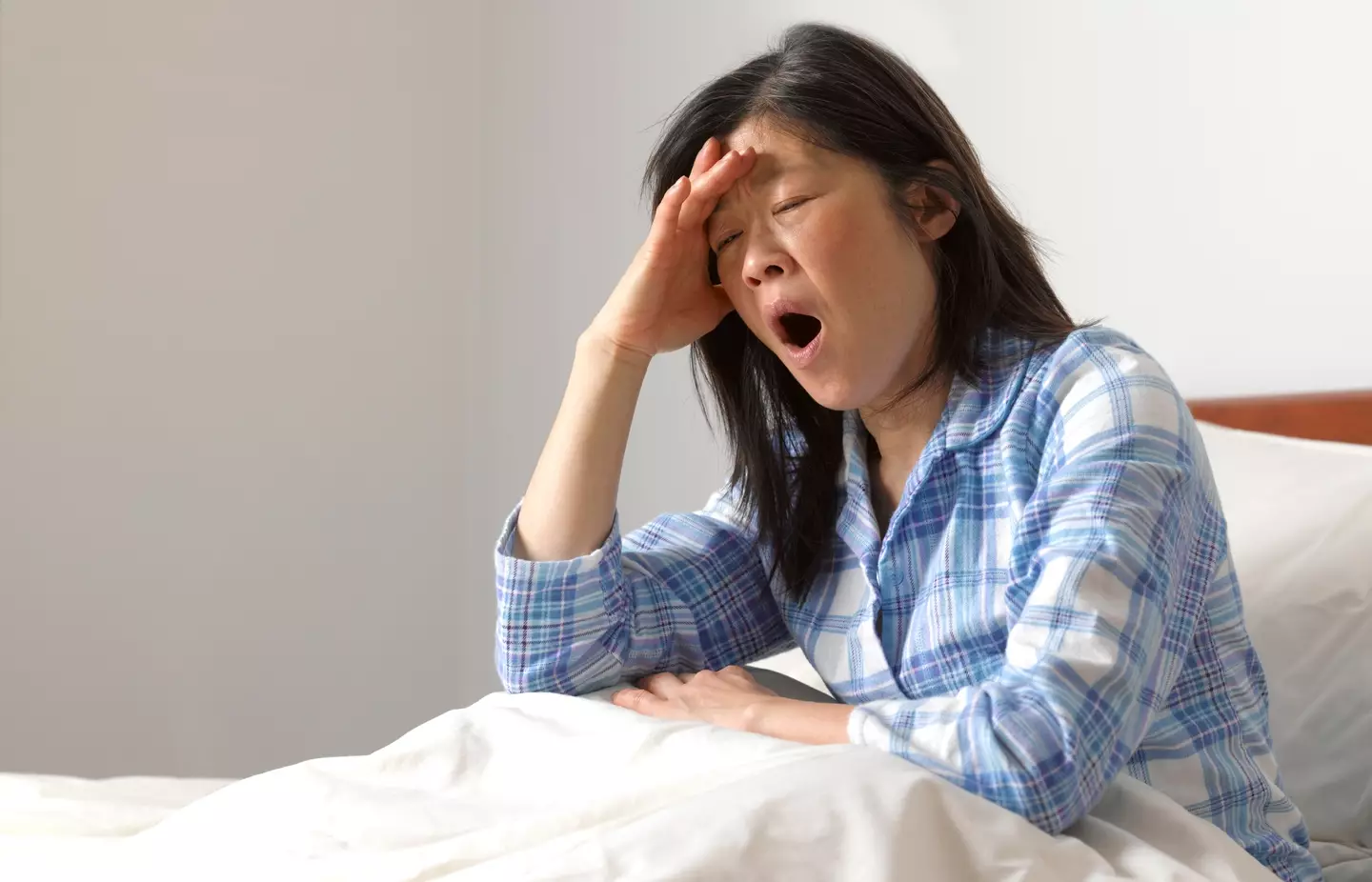
Having trouble waking up is a possible symptom of ADHD (Getty Stock Photo)
As for this common symptom which people can often miss, it’s all to do with getting enough time in bed.
According to Medical News Today, around 75 percent of kids and teens with ADHD, along with 80 percent of adults, also had some kind of sleep disorder.
There is something called Delayed Sleep Phase Syndrome (DSPS) where a person puts off going to sleep for two hours or more and then have trouble waking up the next morning.
Many people are ‘night owls’ who feel more switched on late at night and will often stay up late to make the most of this, but it carries a cost the next morning when the alarm goes off.
All of this adds up to difficulties waking up the next morning as your body hasn’t had enough sleep and the internal body clock is all over the place.
The NHS says that those with the inattentive type often tend to go to bed later, while those who are more hyperactive often suffer with insomnia.
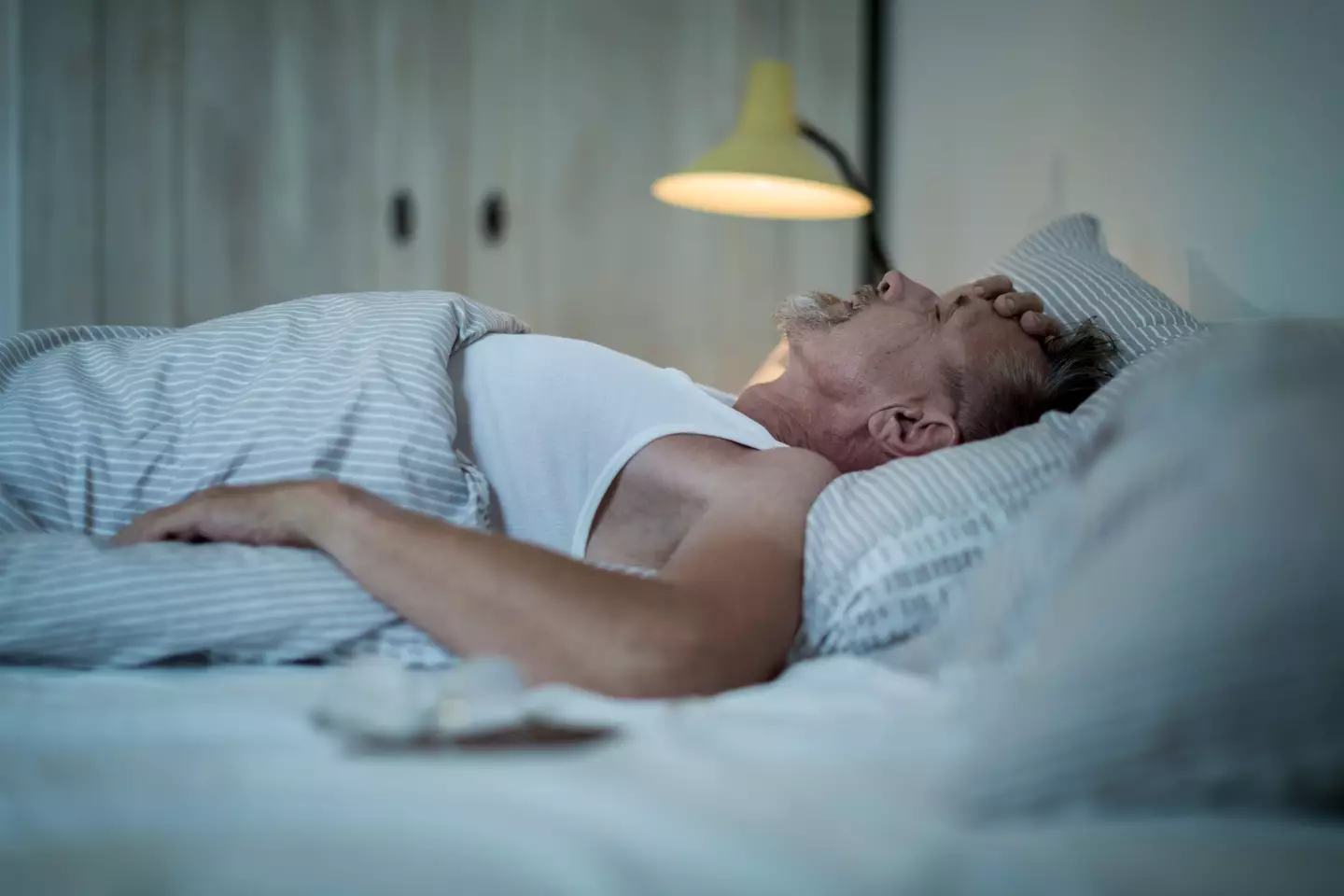
Around 80 percent of adults with ADHD also have some kind of sleep disorder (Getty Stock Photo)
For those who are struggling to wake up first thing in the morning, it could be a sign of having some kind of sleep problem – and that’s linked with ADHD.
The NHS says that sleep problems are a possible symptom for ADHD which you might want to be on the lookout for, but there are many possible signs which they list rather comprehensively.
They break them down into symptoms of inattentiveness, which means things like having a short attention span, becoming forgetful, struggling to stick to tasks and having difficulty organising what they have to do.
The other category is symptoms of hyperactivity and impulsiveness, which includes being unable to sit still, talking a lot, acting without thinking and having little sense of danger.
For kids to get diagnosed they’d need to have six or more symptoms from each category, while adults need five though theirs are harder to define.
Featured Image Credit: Getty Stock Images

A mum has shared the ADHD symptoms she struggled with after finally being diagnosed in her 40’s.
According to statistics from ADHD UK, it’s estimated that around 2.6million people in the UK suffer from the disorder.
There are no concrete figures when comes to the amount of adults living with undiagnosed ADHD, however a ‘400% increase’ increase in adults pursuing a diagnosis suggests that a lot of people have spent years suffering in silence.
This often leads to misconceptions that people with ADHD are just ‘lazy’ or ‘unintelligent’ – which is particularly damaging.
This is something that Lydia Berman, 46, from Hemel Hempstead in Hertfordshire, experienced, with the mum-of-one revealing she always believed she was ‘lacking’ something due to her struggling at school.
Speaking to PA about her experience, Lydia revealed that she first learnt that she could have ADHD while undergoing bereavement counselling sessions after the death of her mother in 2020.
“ADHD came up because of the way that I was processing information and the way that I was dealing with emotion, and the brain fog I was struggling with,” she said.
“I’ve used it as something which has helped me understand [myself] and how [to] think and work better.”
Lydia would later visit her GP who agreed that she had obvious signs of ADHD.
What are the common symptoms of ADHD?
ADHD symptoms will vary from age group and person to person, however the NHS website writes that poor organisational skills, an inability to focus or prioritise and forgetfulness could be indicative of ADHD in adults.
ADHD UK also has a self-screening tool for adults, which can be found here.
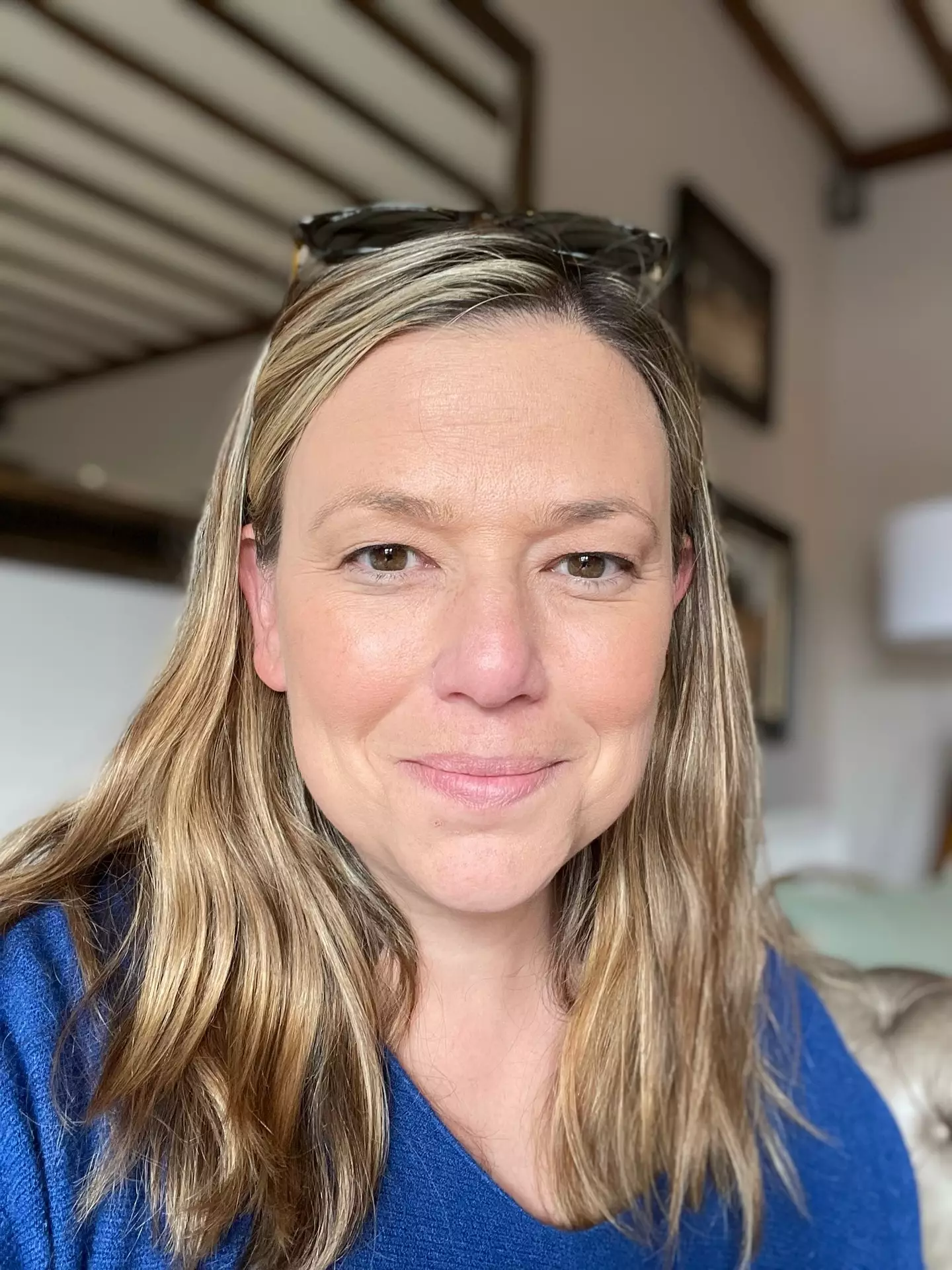
Lydia was first made aware about ADHD when having grief counselling sessions after the death of her mother. (PA)
Explaining her symptoms, Lydia revealed she had included being ‘forgetful’, jumping between ’10 different topics in a sentence’ and having either ‘either hyper focus or have zero focus’.
The conversation also allowed Lydia to finally understand her behaviour patterns and why she had struggled in school.
“I can see quite clearly… that my brain thinks differently to other people now,” she said. “It all made sense.
“I think I just think in a creative way, so I’m very good at problem solving.”
Lydia went on to explain that her ADHD diagnosis had allowed her to ‘better understand’ her strengths – making the day-today running of her business better.
“The diagnosis meant that I could better understand what I can do well, and what I should not be doing – I allocate tasks to other people now,” she added.
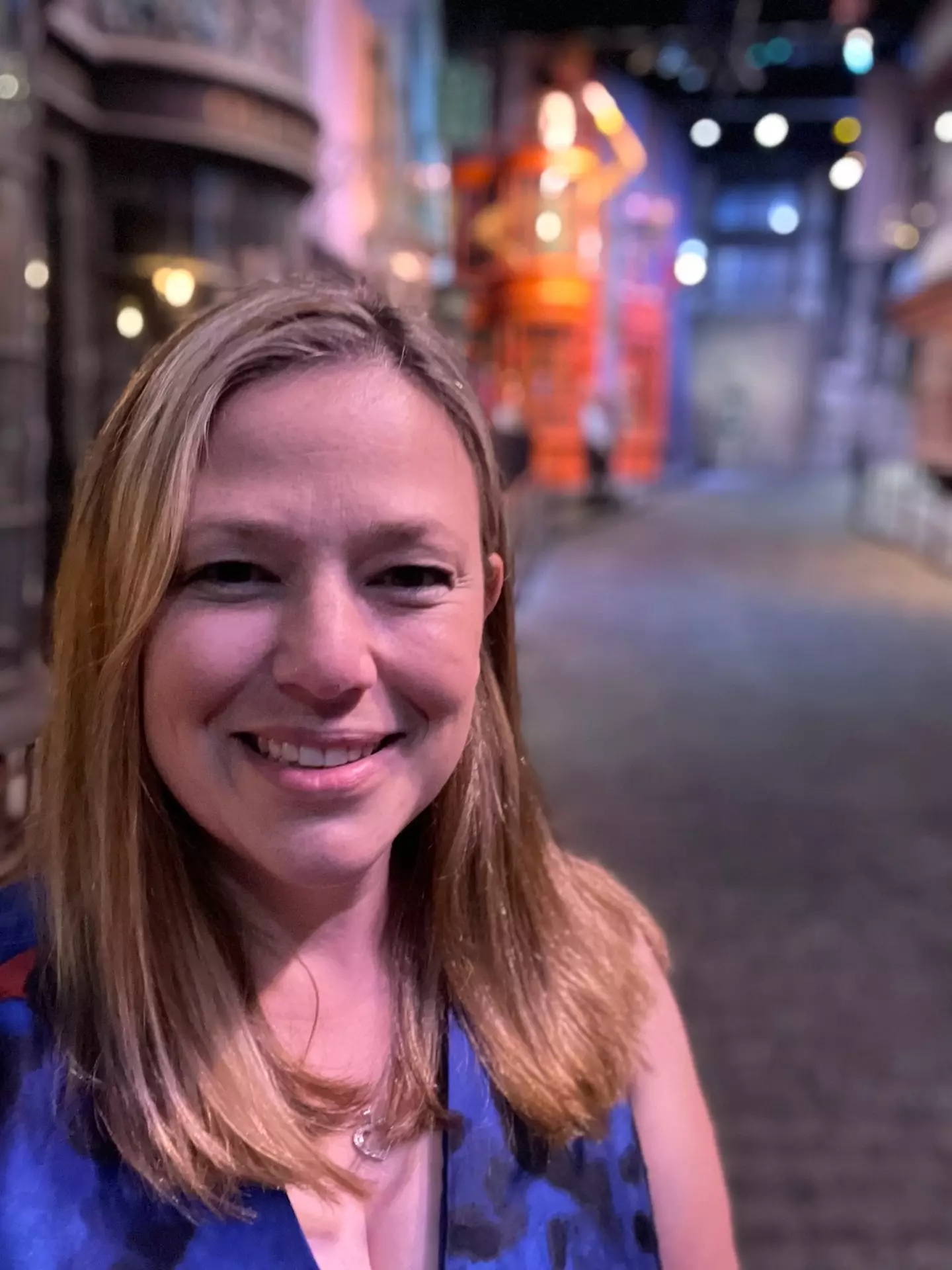
The freelance graphic designer revealed learning about ADHD had helped her better understand her strengths in the workplace. (PA)
The freelance graphic designer went on to add that concerns about ADHD being over diagnosed are ‘unwarranted’ especially if a diagnosis leads to people understanding themselves better.
“I think for a long time, people just thought only a very small percentage of people have different ways of thinking but I think [that is] slightly narrow-minded,” she said.
“We’re all wired differently… and I think it is only logical that we learn differently and process things differently.”
Featured Image Credit: (PA)
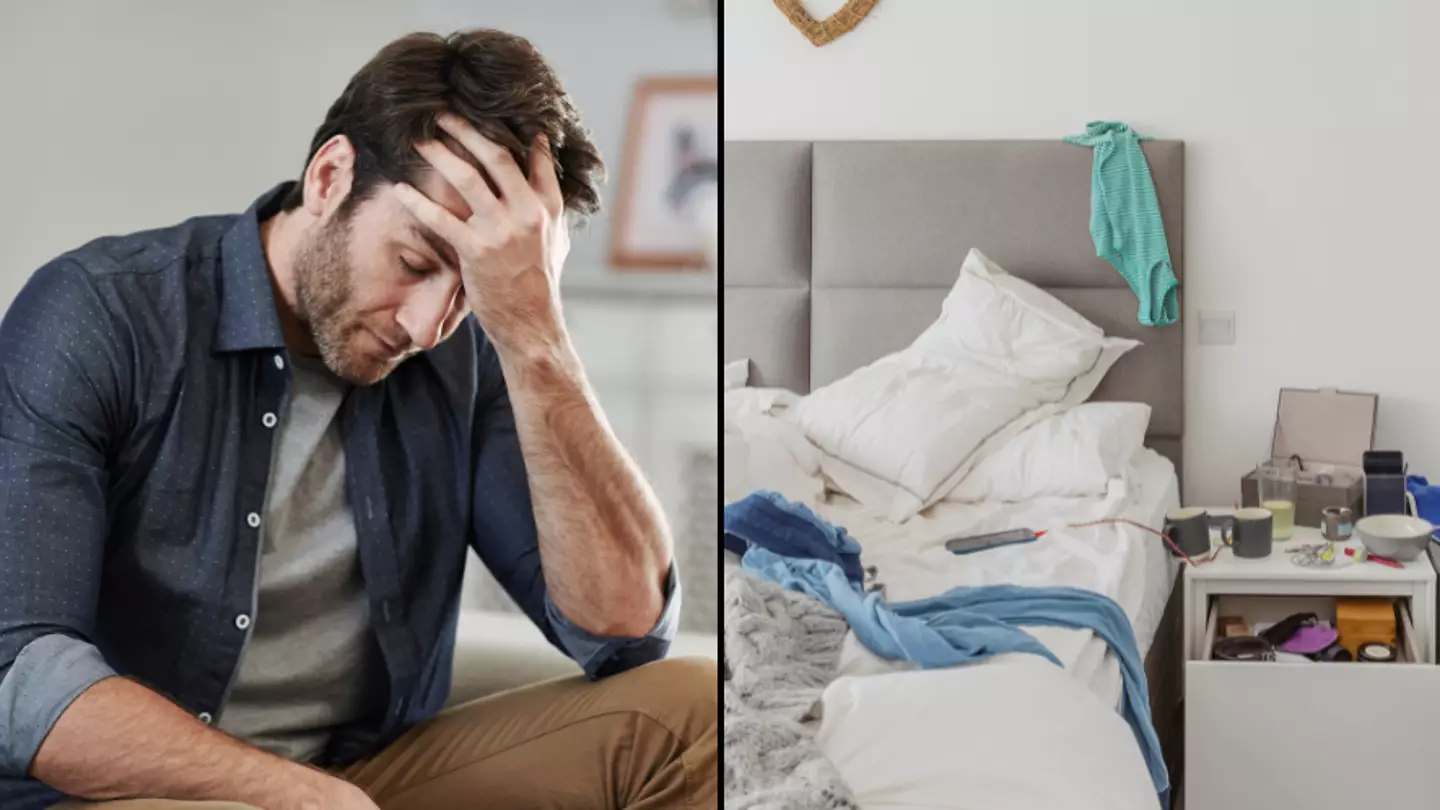
A psychotherapist has revealed exactly how people can stop their ‘tossing’ habit, which could also be a sign of attention deficit hyperactivity disorder (ADHD).
We can thank social media for coining the phrase, but ‘tossing’ has become more common among people in recent times as some became aware of it through a TikTok trend that went viral last year.
The term ‘tossing’ came to light after something called a DOOM pile also did the rounds, with the acronym meaning ‘didn’t organise, only moved’ according to ADDitude – with several people relating to it that you’d imagine.
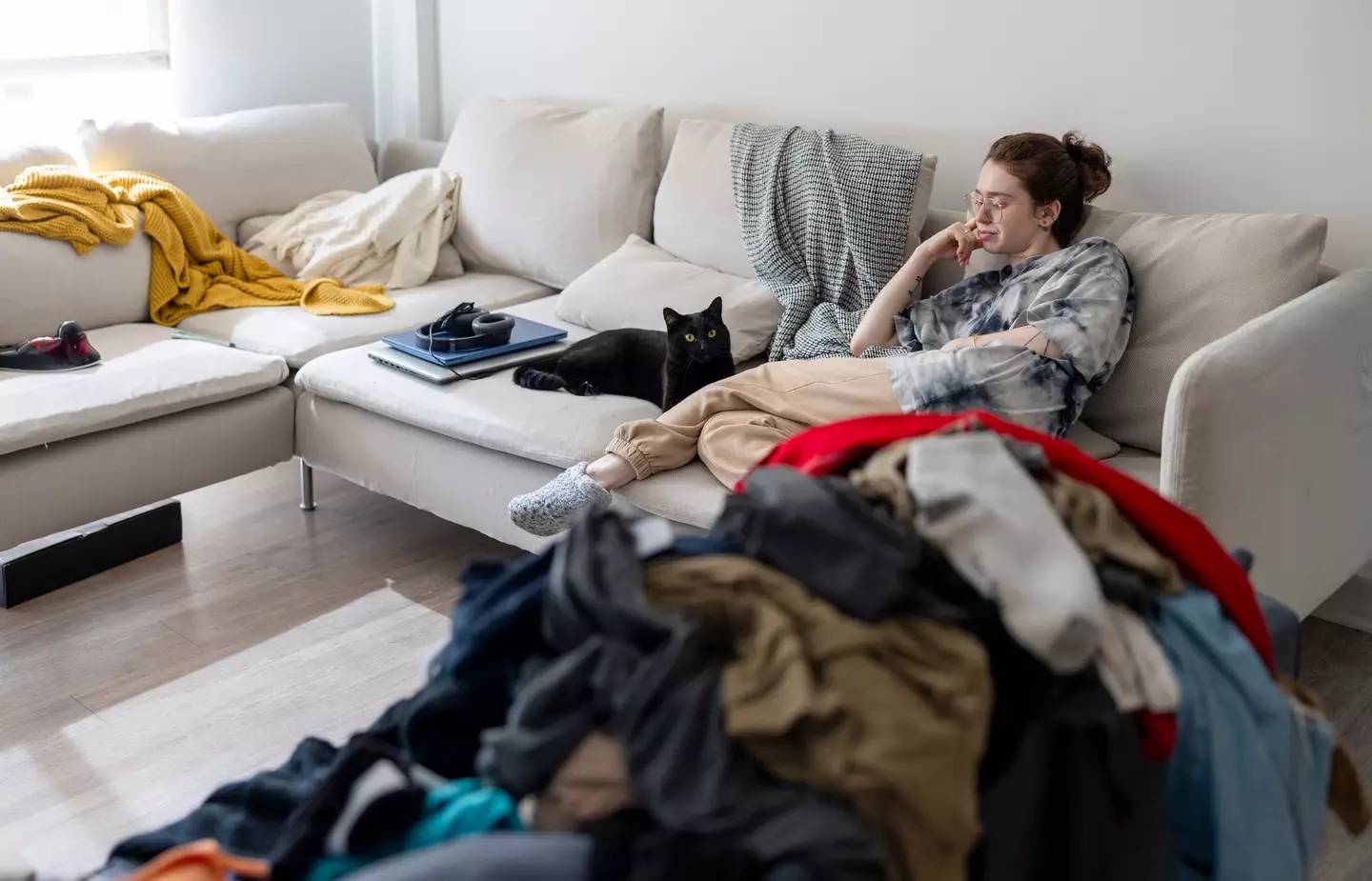
It’s easy to let things – like clothes – pile up. (Getty Stock Photo)
What is ‘tossing’?
No, it’s nothing sexual and yes, it seems to have a link to those with ADHD, according to several experts.
A DOOM pile can consist of a number of things, whether it be bills and receipts that you’ve put off sorting out, clothes you need to fold, or some things that you need to put away, it can build up to the point of you not wanting to sort it out.
But this is where the link with ADHD-ers come in, as they are more likely to become overwhelmed with tasks piling up and getting harder around them – which results in them ‘tossing’.
This basically means that you end up throwing everything out, tossing it in the rubbish without going through it and doing what you need to do.
Author and ADHD advocate and educator, Cate Osborn spoke on the subject to Huffington Post, admitting that she has ‘tossed’ before, while revealing that she struggles with task prioritisation and time management, resulting in choice paralysis as she ends up asking: “What should I keep? What if I need it? What if it’s useful later on.”
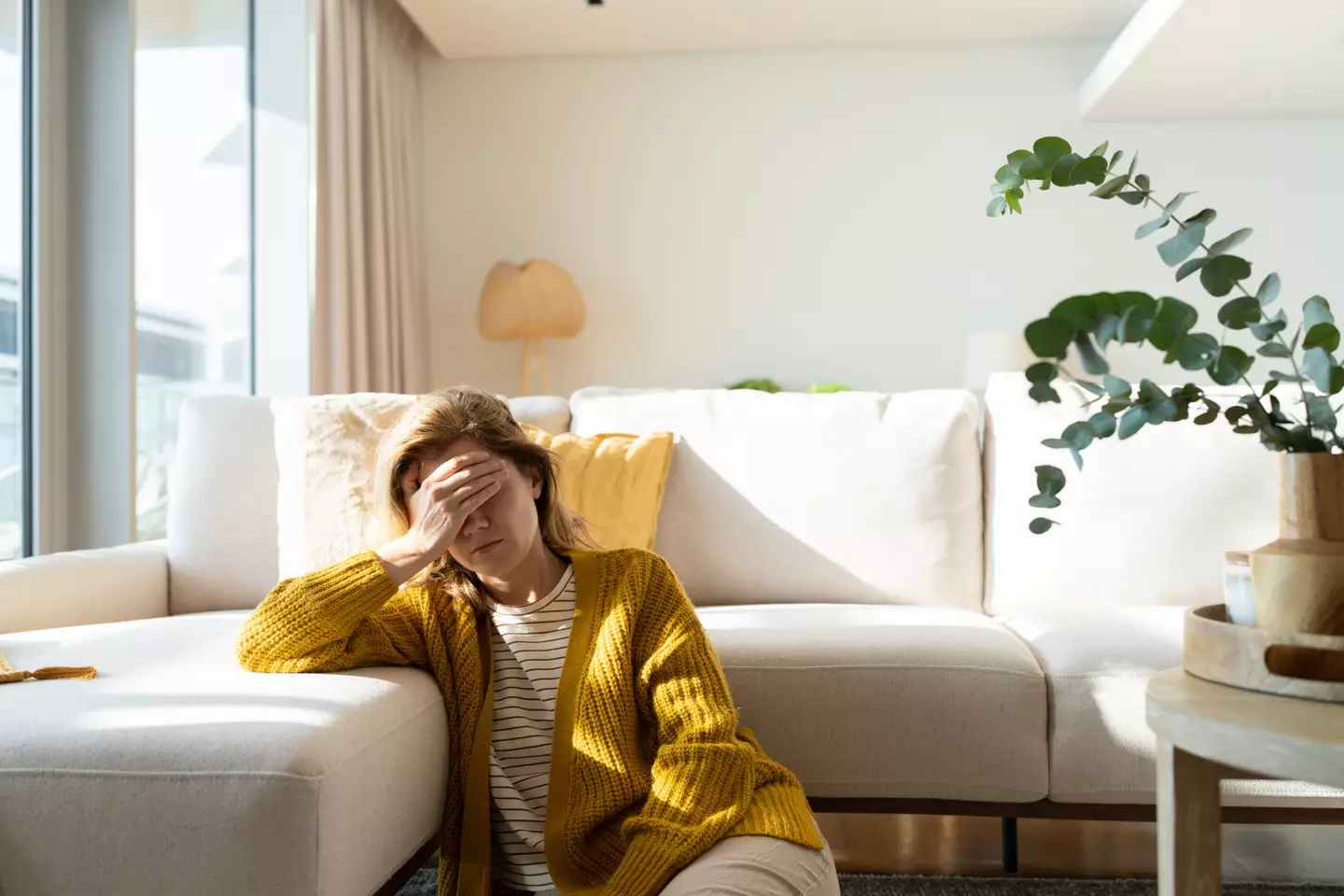
The main cause behind a growing DOOM pile is someone feeling overwhelmed. (Getty Stock Photo)
Psychologist Madison Perry said it is similar to opening to many internet tabs at once, explaining that ‘people with ADHD have too many mental tabs open at once’, which can result in feeling overwhelmed.
Psychotherapist Oliver Drakeford also describes tossing as an ‘automatic, reactive behaviour that helps people avoid feelings of uncertainty, anxiety and overwhelm’.
So, how do you stop this habit if you are a ‘tosser’ yourself?
Well firstly, get your mind out of the gutter – and secondly, follow these four bullet points outlined by the experts that aims to change people’s perspectives on the bad habit.
Think about why you toss
It may seem obvious, but Drakeford says that becoming aware of your emotions that drive your actions is the first step.
“If you’re not conscious of feelings like anxiety, uncertainty, or stress, you’re more likely to operate on autopilot and resort to tossing things impulsively,” he explained.
Recognising your emotional state means that you can address these feelings you may get while tossing and carry it out in a more thoughtful and mindful way.
Don’t be afraid to throw clutter away
Some things are good to toss, such as take-away containers or old receipts, but Osborn explains that it’s important to distinguish whether you’re keeping it there ‘just cause’, or if it adds something to your everyday life.
“I think as people with ADHD it’s important to try to avoid being wasteful and contributing to piles of plastic in our landfills, but sometimes, taking ownership of our space means making hard choices and having to decide where we draw the line,” she said.
Osborn says that if it is impacting your quality of life, it’s time to toss.

The two-minute rule can stop sights like this from being a regular occurrence. (Getty Stock Photo)
The ’10 Things Game’
An ADHD brain will think that it needs to do everything all in one go, often causing stress and anxiety – the root cause of a DOOM pile.
But Drakeford suggests trying the ’10 Things Game’ as a method of carrying out tasks, explaining: “For example, instead of tackling an entire stack of bills, start by opening just 10.
“Or instead of cleaning the whole kitchen, begin with washing 10 dishes. Completing these small tasks often feels manageable, and if it does, you can always do 10 more.”
He then added that you should have a two-minute rule – where if something takes you less than two minutes to complete – do it now to avoid putting things off.
Be nice to yourself
It may seem difficult, but it’s crucial that you make yourself feel nice while trying to improve on your bad habits.
Osborn highlighted that there are a lot of harsh comments directed to those with ADHD, which is often accusations of being lazy or immature for putting things off.
“It’s not that we aren’t trying hard enough, it’s not that we’re lazy, it’s that our brains literally process information differently, and those differences really show up in situations like this,” she explained.
“When you’re talking about ADHD, you’re not talking about a couple of easy steps like ‘sit down, go through the box, donate’…
“It’s not fun to feel so overwhelmed by a pile of stuff you throw it in the trash. When we do that, it’s because it’s a last resort.” the expert highlighted.
“While you’re working through this, remember to be kind to yourself.”
Featured Image Credit: Getty Stock Photos
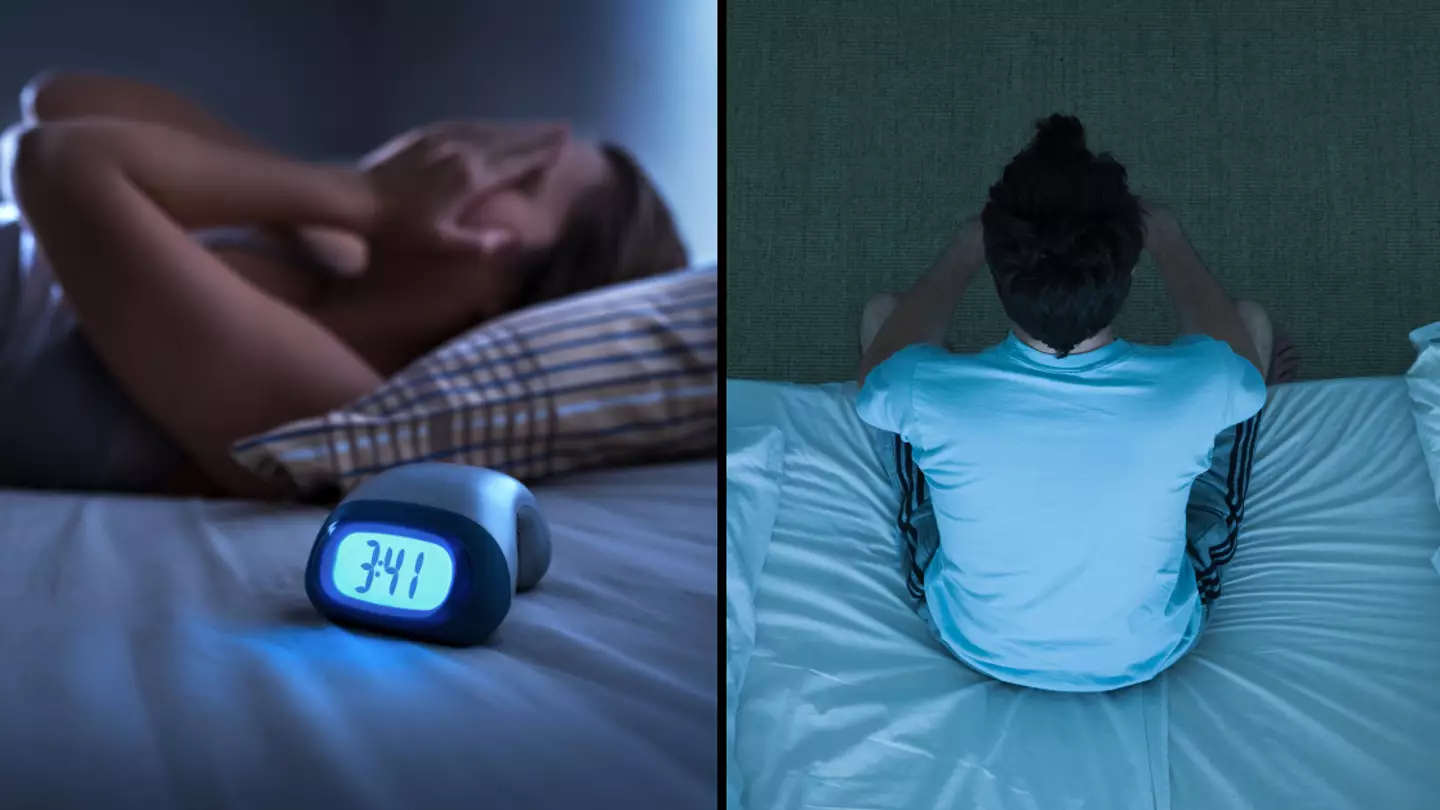
Finding it hard to fall asleep is something millions of us encounter every single night, with the problem often made worse by our mental health.
And there is solid science behind why we find it difficult to drop off when feeling anxious in particular, with the mental health disorder taking its toll on us while we try and relax for the next day.
Some find ease in sleeping with background noise, although this isn’t without its underlying issues, according to some experts.
There is help out there, though, in particular vitamins and products you can take to help with tiredness and fatigue in the hope of resting well.
When it comes to underlying anxiety and mental health issues, LADbible spoke to a university professor on the issue and why you might be struggling when it comes to night time and then going to bed.
Professor Ivo Vlaev is a behavioural psychologist from Warwick Business School at the University of Warwick. He said: “Anxiety tends to worsen at night for several reasons, particularly because of the change in environment and mental focus.
“During the day, the brain is usually occupied with various tasks, distractions, and social interactions, which can suppress anxious thoughts. However, at night, when a person is in a quiet, relaxed environment, the lack of distractions allows anxious thoughts to surface.”

Anxiety flares up at night time for millions of people around the world (Getty Stock Images)
Why anxiety is more intense when going to bed
According to Prof Vlaev, a lack of distraction is one of the big issues when it comes to having anxiety flare ups.
“During the day, activities like work, social interactions, and errands keep the mind occupied,” he said.
“At night, these distractions fade, and the mind may become free to reflect on worries, future uncertainties, or unresolved issues, intensifying anxiety.”
That time with no distraction also gives you the ability to reflect on the day that has been; moments that you might find yourself thinking about a little too much.
Prof Vlaev says: “As you lie down, it’s natural to reflect on the day’s events or anticipate what’s coming next. This reflection can often turn into overthinking, where small issues seem magnified, leading to rumination about tasks left unfinished, concerns about social interactions, or worries about the future.”
There is a physical reason too, though, with your body’s natural rhythm playing its part. Prof Vlaev explains: “Cortisol, a stress hormone, has a natural rhythm where levels tend to rise in the early morning hours to help with waking up, but it can lead to increased feelings of anxiety if you’re awake at that time.
“Also, the body’s circadian rhythms and hormonal fluctuations can play a role in why anxiety feels more acute at night.”
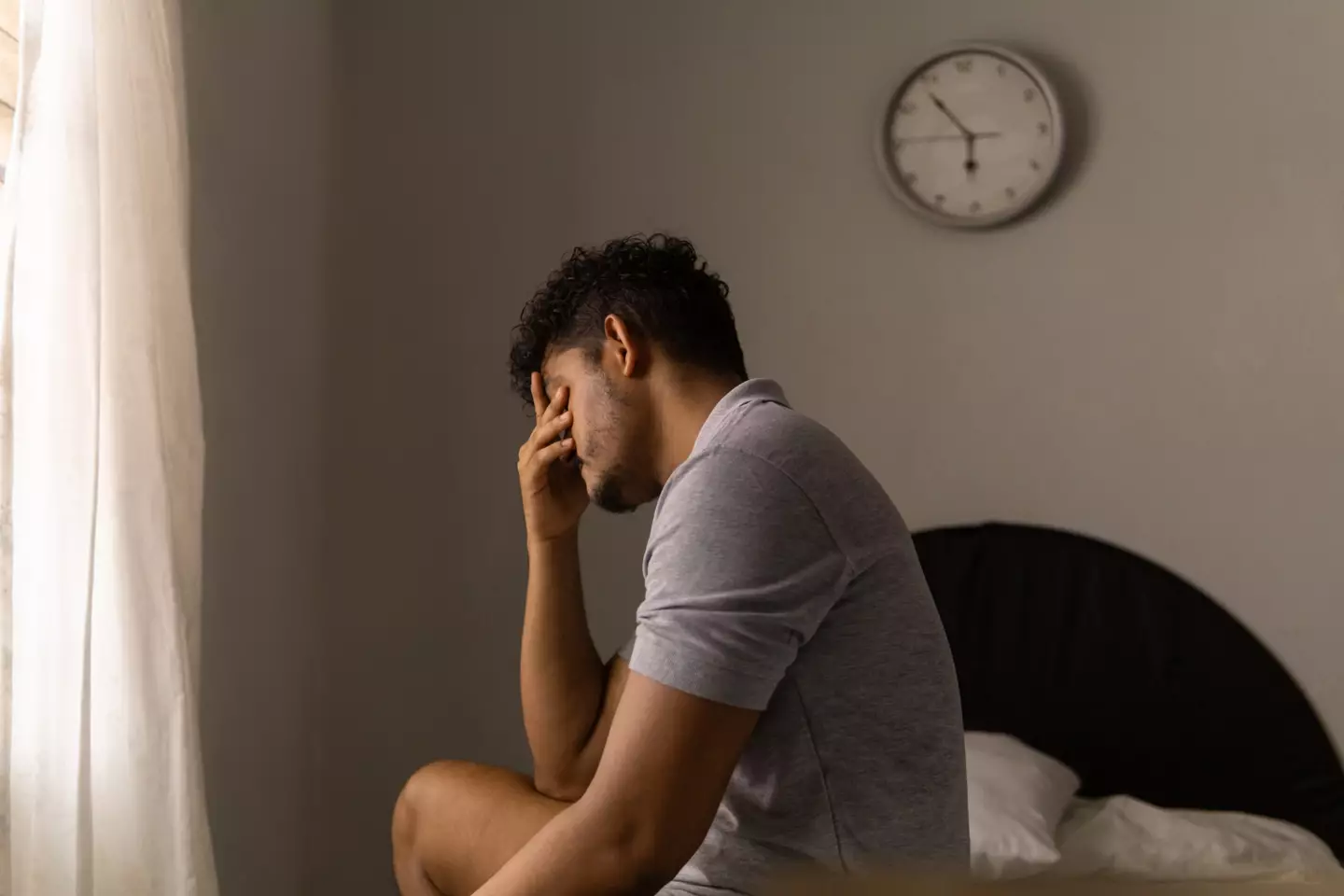
You’re not alone if you find it difficult (Getty Stock Images)
Fatigue, darkness, and a lack a control
As well as this, mental and physical fatigue can impair your emotional regulation. By the end of the day, coping mechanisms are often weaker, making it harder to manage anxious thoughts.
Exhaustion lowers a person’s capacity to deal with stress and anxiety in healthy ways, which may lead to overthinking and heightened anxiety.
Having a quiet, dark, and isolated atmosphere at night can also trigger feelings of unease, with Prof Vlaev saying: “Without external stimuli, your brain may focus on internal fears, leading to racing thoughts and amplifying feelings of worry.”
Ultimately you’re heightening the feeling of having no control.
“Nighttime tends to bring about a feeling of loss of control,” the professor says.
“During the day, we are actively engaging in tasks and feel a sense of accomplishment. At night, the sense of waiting for sleep and not knowing when it will come can make people feel helpless, exacerbating anxiety.”
Featured Image Credit: Getty Stock Images
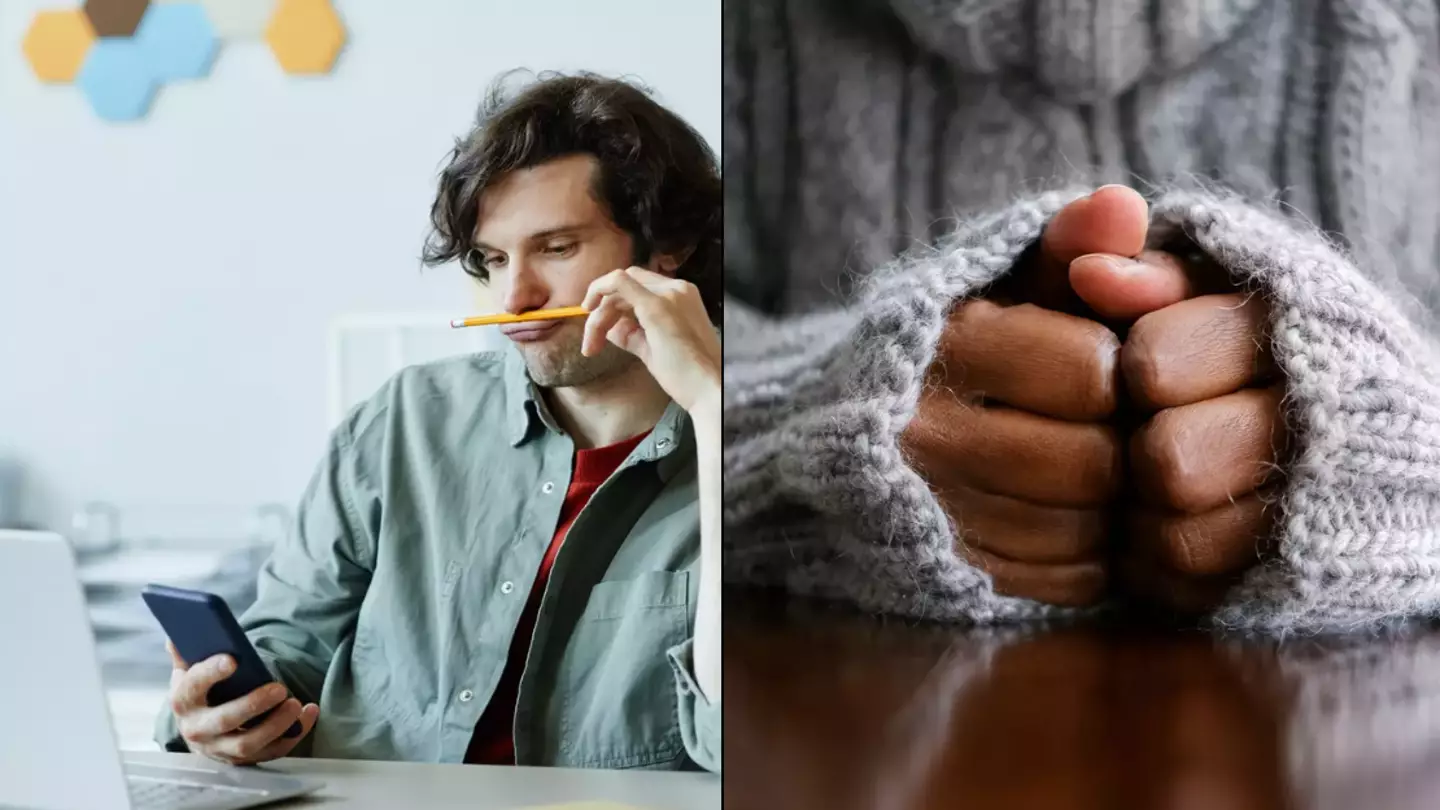
Around 2.6 million people across the UK have a neurodevelopmental disorder called ‘attention deficit hyperactivity disorder’, or ADHD as it’s more commonly known.
There are some stereotypes which claim that ADHD is easy to recognise, but it’s better to err on the side of caution and get checked by a professional if you think you might have it.
Spotting the signs isn’t always easy and as a result, the NHS has released a list of possible symptoms for ADHD, as studies suggest that fewer than 20 percent of adults who have it actually realise that they do.
Since it’s a developmental disorder, it’s thought that ADHD must first come through in childhood and continue from there, but there are times when it’s not picked up on at a young age leading to undiagnosed adults.
However, before you do your reading and start to worry that you might have ADHD, there is an important reason as to why you shouldn’t self-diagnose.

No matter what the people on TikTok say, you shouldn’t self-diagnose. (Getty Stock Photo)
While some folks on TikTok will tell you the signs to look out for and might encourage you to self-diagnose, they’re best ignored in favour of a diagnosis from an actual medical professional.
Experts have warned that many symptoms of ADHD overlap with other mental health conditions, so trying to self-diagnose could lead you to make a mistake and miss signs you didn’t even know to look out for.
Getting an actual diagnosis for ADHD will require you to see a specialist and have an assessment which could last up to 90 minutes.
Knowing the possible symptoms is handy to warn you that you might need to go in for an assessment, but just being able to spot the signs doesn’t mean you’re going to be bang-on about what they’re pointing towards.
By themselves, the symptoms don’t guarantee that you have ADHD, which is what the assessment is supposed to figure out.
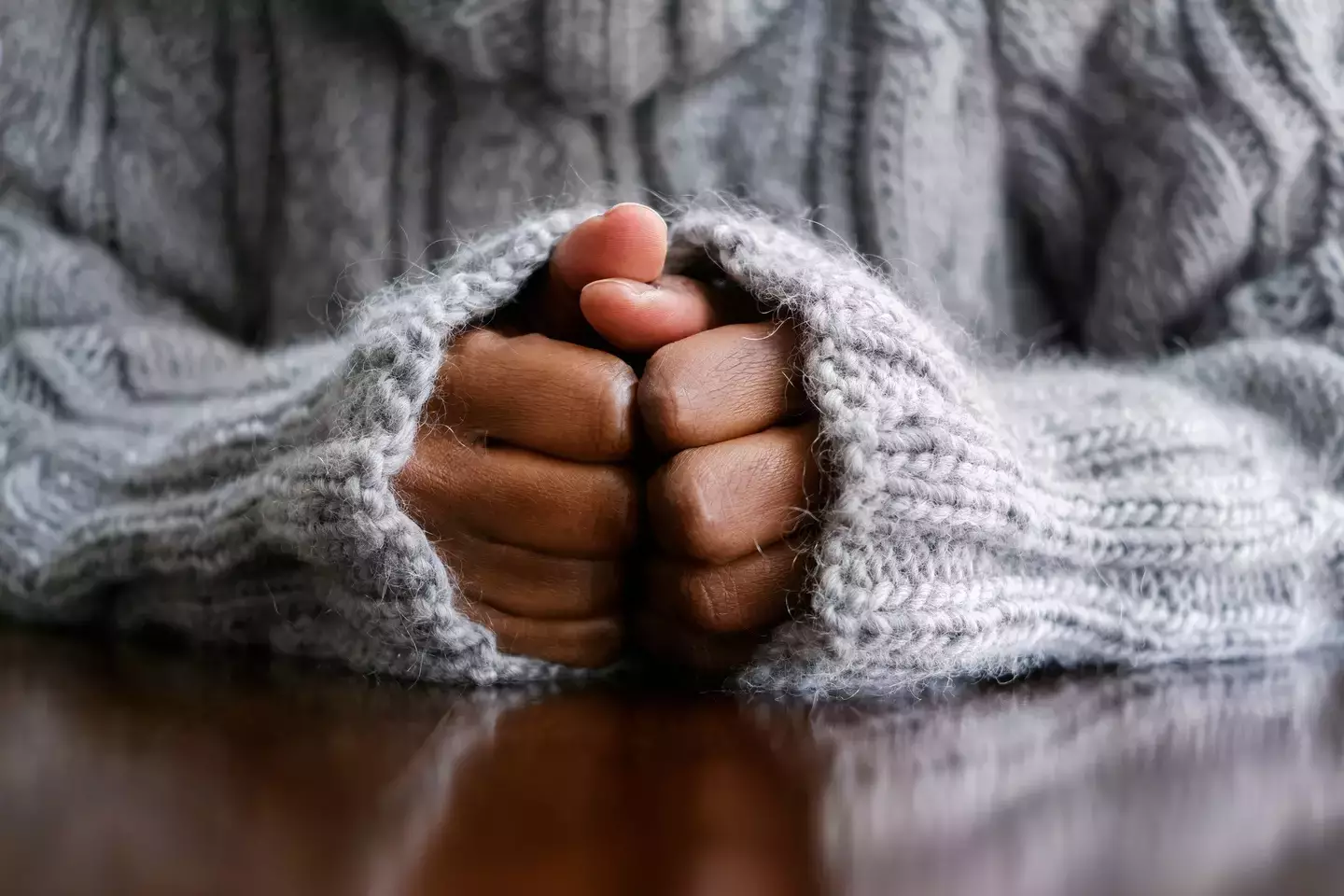
If you’re concerned about ADHD then see your GP and try to get them to refer you to a specialist. (Getty Stock Photo)
According to the NHS, symptoms to be on the lookout for when it comes to ADHD are as follows:
- Carelessness and a lack of attention to detail
- Restlessness and edginess
- Mood swings and irritability
- Inability to focus or prioritise
- Difficulty in conversation
- Poor organisational skills
- Continually losing or misplacing things
- Forgetfulness
- Difficulty keeping quiet
- Extreme impatience
- Taking risks in activities such as dangerous driving
If you think you recognise these symptoms in yourself, then it’s important not to diagnose yourself and instead you should speak to your GP, who may be able to refer you to a specialist.
You can expect to be asked about your symptoms, when they started, where they occur most, the impact it’s had on your life and whether you have a family history of ADHD or other neurodevelopmental disorders.
